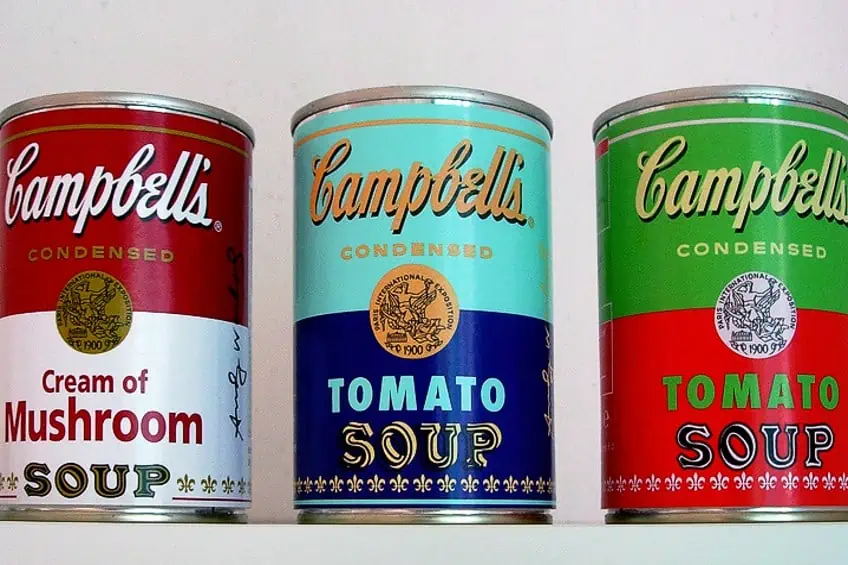1960s Art – Discover This Popular Era of Art
What did the art scene look like in the 1960s, and who were some of the most prolific figures of the 60s? With the growing influence of post-war politics, consumerism, and commercialism, the art world saw the emergence of many unique 60s art styles and movements, which shaped the course of art history, and significantly influenced many of the present-day contemporary art styles we see today. In this article, you will learn about art from the 1960s, including the dominant art styles and movements, as well as key figures who helped shape the 60s. Keep reading for more about this highly influential art period!
Prominent Influences That Shaped the 60s Art World
From the inner world of Brooke Hayward and Dennis Hopper to the American Civil Rights movement and the influences of Art Nouveau, the 1960s were nothing short of eventful. The 1960s was a decade of transformation, which saw many global events that changed the course of how art was perceived and made. From social and civil events to political changes, the world was never the same after the 60s.
One of the most impactful historical events was the Civil Rights Movement in America, which inspired many artists and writers to address issues related to social justice and racial inequality.
During this time, photography also played an important role in the documentation of such events that led to the establishment of photography as a fine art. The Vietnam War was a significant event that left a resounding impact on art since it sparked many protests, which inspired artists to critique their government, including policies, militarism, and the impact of such violence. Such events sparked the Artist’s Protest, which unified artists against the atrocities of war.
Along with anti-war art, also came anti-establishment and counterculture movements that impacted the art of the 60s. Psychedelic art inspired by mind-altering substances, as well as the spirit of free love and freedom inspired experimentation and a burst of color in the 60s art scene. The many 60s art styles also challenged traditional notions of high culture and art by incorporating objects as elements in fine art, which broadened artistic expression by introducing elements of commercialism. Another important development in 1960 was the emergence of environmental land art, which saw the emergence of many influential works that highlighted the relationships between man and the environment.
The movement inspired environmental awareness and highlighted the need to address ecological issues.
Dominant 1960s Art Movements and Styles
These major influences are just a few prominent events that sparked a massive influx of new 1960s art movements, 60s art styles, and ideas, which impacted the art world for the rest of the 20th century. Below, we will explore the different 1960s art movements and styles that shaped the decade.
Pop Art
The 1960s produced one of the most influential art movements of the decade, which was embodied by the Pop art movement, which emerged as a response to the popular art styles of Abstract Expressionism. Pop art became a celebration of popular culture with many iconic 60s artists introducing concepts that highlighted the mundane, commercial, and extravagant aspects of life.
At the forefront of Pop art were figures like Andy Warhol and Roy Lichtenstein, who created some of the most unforgettable works of the 20th century.
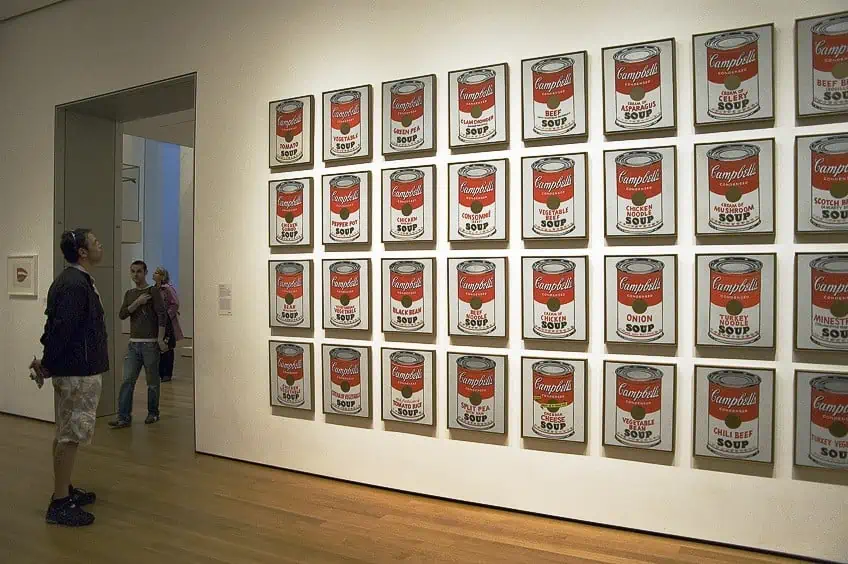
From comic books to celebrity portraits, Pop art was a critique of consumerism and mass media that was rife in the 60s and engaged people to review the images that were so prevalent in society at the time. The movement was also defined by bold colors, text, image appropriation, and silkscreen printing. Celebrity culture was at its all-time high and the influence of capitalism spurred the widespread commodification of art. Thus, the 60s art scene transformed ordinary images and objects into works of high art and opened its doors to broader audiences.
Conceptual Art
Along with Pop art, other groups of artists banded to prioritize the concept of art over the aesthetic appeal of art and its material qualities. This revolutionized the 1960s art world since it ushered in a new way of representing intangible themes and subjects that challenged the traditions of physical art. Conceptual art was aimed at stimulating intellectual engagement and criticized the meaning of art itself.
Famous advocates for the dematerialization of art included artists such as Yoko Ono and Sol LeWitt, who expanded the language of art by introducing diagrams, texts, and instructions to the field of performance.
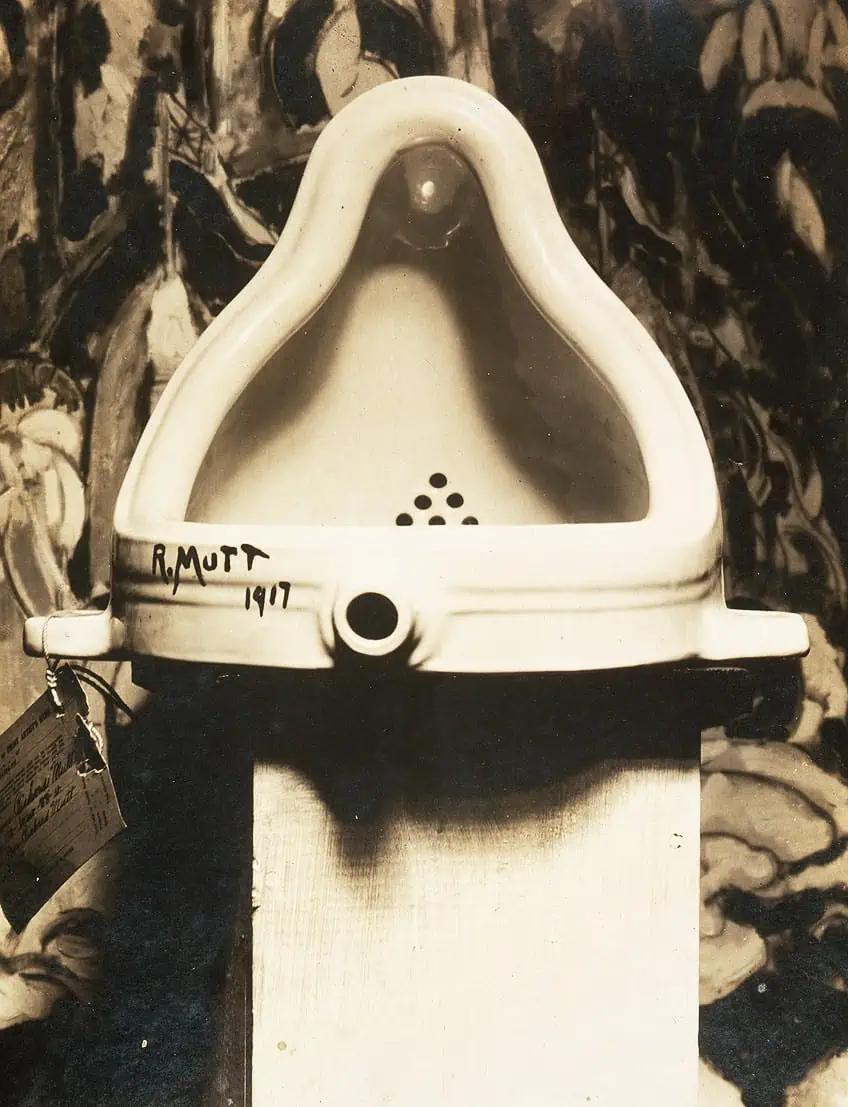
Coupled with the impact of sociopolitical changes, conceptual art also engaged with social critique and activism, which brought to light issues related to race, identity, political power, gender, and the existing status quo. The impact that conceptual art had on the 60s art styles and beyond exceeded the decade and led to a shift in consciousness in the art world, which begged audiences to seek new ideas around the definition of art and innovative approaches to digital art, installation, and performance.
Minimalism
The 1960s also saw the rise of minimalist culture and aesthetics driven by the desire to revert to simple forms, geometric shapes, and neutral colors. The Minimalism movement was also founded on the significant reduction of form, where artists chose to eliminate excess and emphasize clean lines.
Prominent minimalist artists include figures like Agnes Martin and Donald Judd, who pioneered an approach to objectivity in art and rejected emotional subjectivity.

As such, this challenged existing conventions around the styles of Abstract Expressionism, which was at the height of its popularity in the 60s. Artists of this movement also questioned the spatial relationships of objects to the viewer and the way art could be experienced across multiple fields. Minimalism influenced many disciplines and even became a lifestyle and aesthetic that seeped into the 21st century.
Op Art
This famous 60s art movement was aimed at expanding our notions of visual perception through the art of optical illusion. Pioneering artists such as Victor Vasarely and Bridget Riley left a lasting impact on Op art throughout the 1960s, drawing attention to precision in geometric shapes and contrasting colors to evoke a sense of depth and movement in art. Op art revolutionized the 1960s art scene by offering new avenues of creating vibrations and evoking sensations that inspired Contemporary art.
The focus of Op art was on stimulating visual engagement from viewers and fusing the realms of science and art to produce works that truly reflected innovation and Contemporary artistic expression.
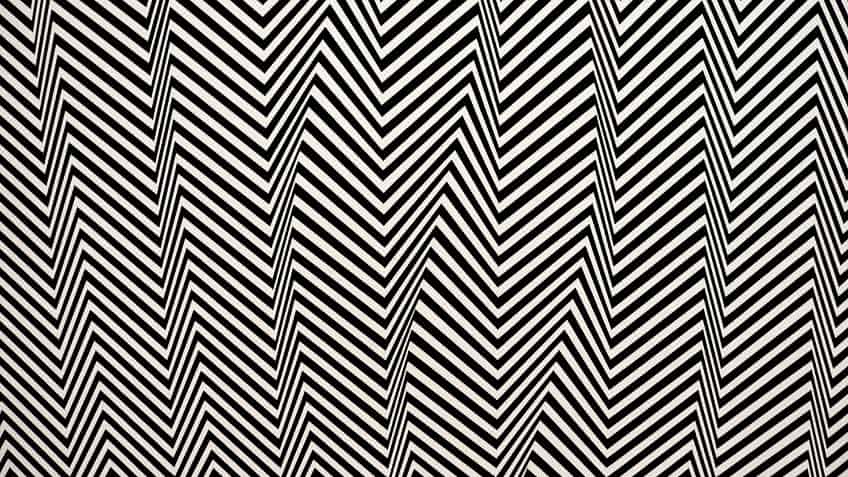
Psychedelic Designs
The 1960s also saw a breakthrough in the use of psychedelic designs incorporated into design and art, which emerged as a response to the counterculture of the 60s. What inspired psychedelic designs during this period? The acceptance and use of mind-altering substances to explore altered states of consciousness was one of the primary drivers of the emergence of vibrant and intricate patterns in art.
Other elements of psychedelic imagery in art include distorted visuals inspired by hallucinatory experiences, which were also associated with anti-establishment ideals as a rejection of artistic norms.
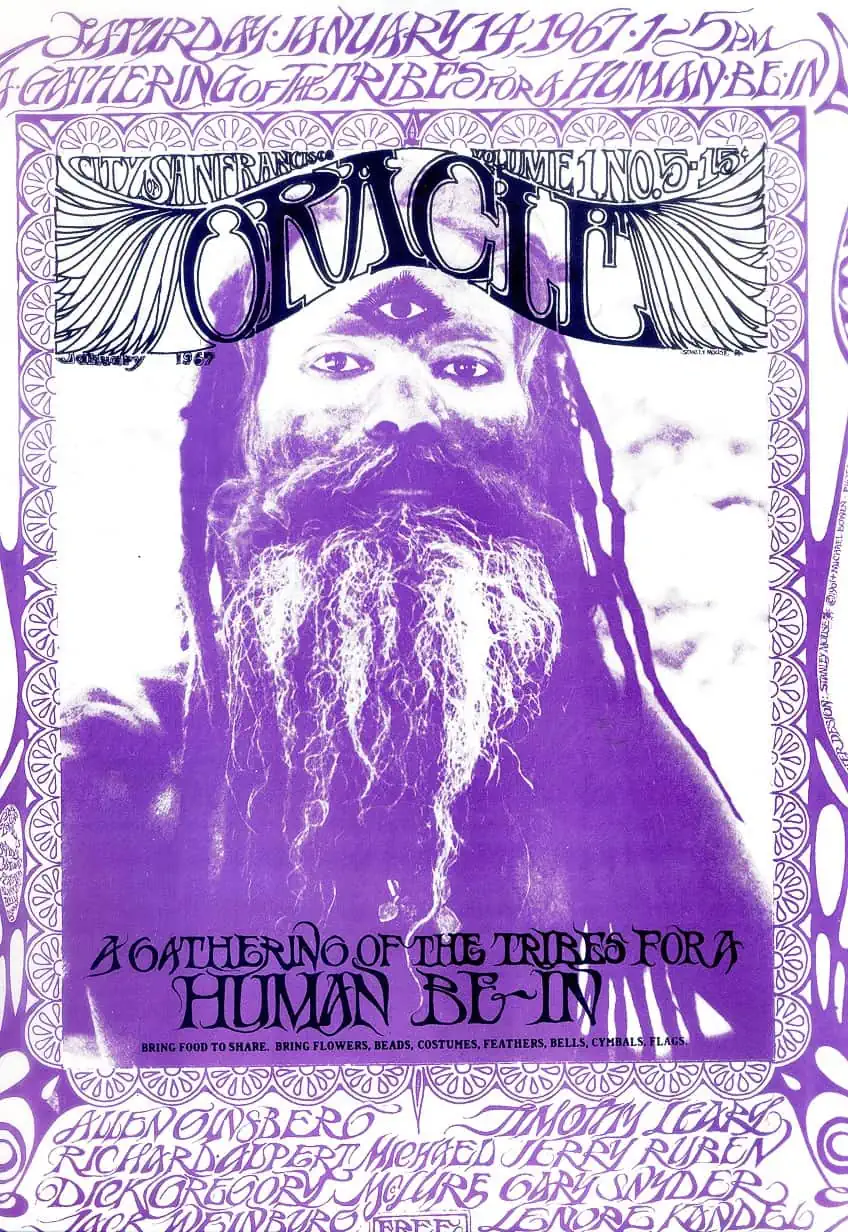
What made psychedelic designs in art during the 60s so special was that it was adapted into different disciplines, including music, fashion, and popular culture to introduce bold visuals that promoted experimentation, rebellion, and a spirit of freedom.
Paper Fashion
One might wonder how paper fashion became one of the trendiest art forms in the art world in the 1960s. Paper fashion was, in fact, a revolutionary niche shift in fashion that emerged alongside the widespread spirit of rebellion and youth culture. Designers embraced paper to replace the traditional use of fabrics and clothes as an unconventional opportunity to enhance the styles of Pop art and graphic design. Paper fashion offered a playful approach to fashion led by designers such as Paco Rabanne and Mary Quant, who created various dresses and accessories in paper, including materials such as plastic, cardboard, and foil.
The transient nature of the materials used in paper fashion also reflected the fast-paced nature of the 60s, which embodied disposable consumer products and a widespread move away from traditional early modern culture.
Paper fashion was one dominant niche art form that highlighted the thin boundaries between art and fashion, and elevated sculpture into high fashion circles. Paper fashion did not become mainstream, however, its impact in the 60s remains significant to the time. Generation Paper: Fast Fashion of the 1960s was an exhibition held by the Phoenix Art Museum between 2021 and 2022, which showcased the various 60s artworks and designs, including works by the Scott Paper Company. The collection also featured patterns on paper dresses that mimicked placemats, Viking appliances, and the famous Campbell’s Souper dress.
Organic Jewelry
Throughout the 1960s, jewelry design saw many innovative moments that inspired deviation in traditional approaches to jewelry design. Jewelry designers are also recognized as artists in their own right, who propelled the use of yellow gold and various precious and semi-precious stones inspired by the designs and colors from the natural environment.
Many 60s jewelry designs feature organic shapes and abstract concepts that incorporated unconventional materials such as shells, moldavite, coral, geodes, and various other unique materials that produced unusual and beautiful visuals.
1960s jewelry certainly stood out since it prioritized self-expression and followed countercultural movements. Jewelry also took on unconventional materials such as woven fabric and macramé designs to highlight themes of nature and authenticity. Among the most famous jewelry designers who incorporated organic designs in the 1960s was Elsa Peretti, who worked for Tiffany & Co. and pioneered many of the movement’s organic aesthetics. Peretti used fluid and sensuous designs to form natural shapes, including motifs such as beans and starfish, which became recognizable features of the 60s.
The Art Economy in the 1960s
To fully understand what the 1960s art scene looked like, one also needs to study the economic state of art in the 1960s. It is important to note that the 60s was a transformative decade that shaped many innovative 1960s art movements such as Pop art, Minimalism, and conceptual art, that were considered Avant-Garde movements. This resulted in a decade-long period of substantial growth in the art market, which was driven by a renewed interest in Contemporary art forms. During this time, many art institutions played a crucial role in growing the art economy by promoting the works of emerging artists.
The public’s engagement with Pop art perhaps played the greatest role in helping established and emerging artists gain global attention and enable commercial success.
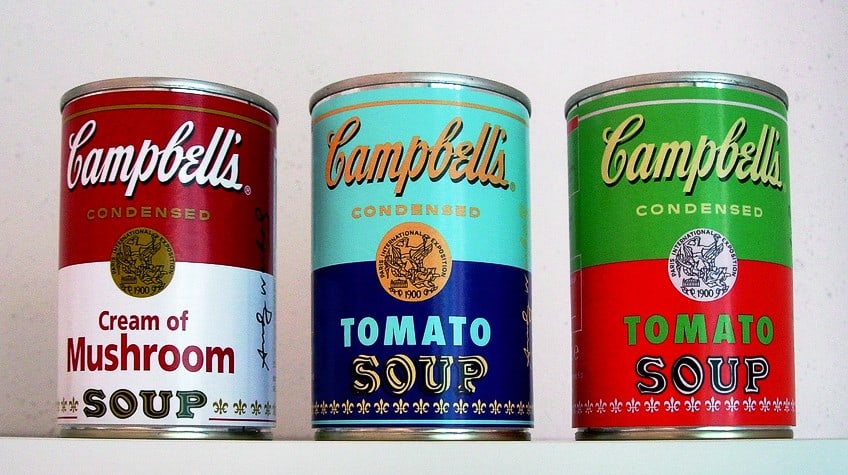
This was due to the movement’s focus on popular culture and consumerism, which generated significant engagement. During the 60s, many major art events also contributed to the rise in Contemporary art and its demand, which saw many record-breaking sales in the genres of Abstract Expressionism and Pop art. Famous 1960s artists such as Jasper Johns, Andy Warhol, and Roy Lichtenstein gained significant attention with their artworks, which fetched high prices in the art market. Many people also began to engage in critical discussions around the impact of the commercialization of art and the integrity of 60s artworks that were commodified.
Influential Artists of the 1960s
Now that you have a solid understanding of what art was like in the 1960s, you can now enjoy browsing through a selection of famous 1960s artists who shaped the decade, and whose artworks boosted the art economy during the 1960s.
Roy Lichtenstein (1923 – 1997)
| Artist Name | Roy Fox Lichtenstein |
| Date of Birth | 27 October 1923 |
| Date of Death | 29 September 1997 |
| Nationality | American |
| Associated Movements, Themes, and Styles | Pop art, Abstract Expressionism, Modern art, love, comic books, popular culture, Ben-Day dots, and consumerism |
| Mediums | Sculpture, painting, drawing, and printmaking |
Roy Lichtenstein was another famous pioneer of the Pop art movement, whose works inspired the adoption of comic book imagery in 1960s art. Lichtenstein’s paintings included bold lines and dots, which transformed his images into works of high art.
Themes such as the appropriation of comic book imagery and the recontextualization of popular culture references were a mirror held on to the society of America at the time, which was heavily influenced by mass media.
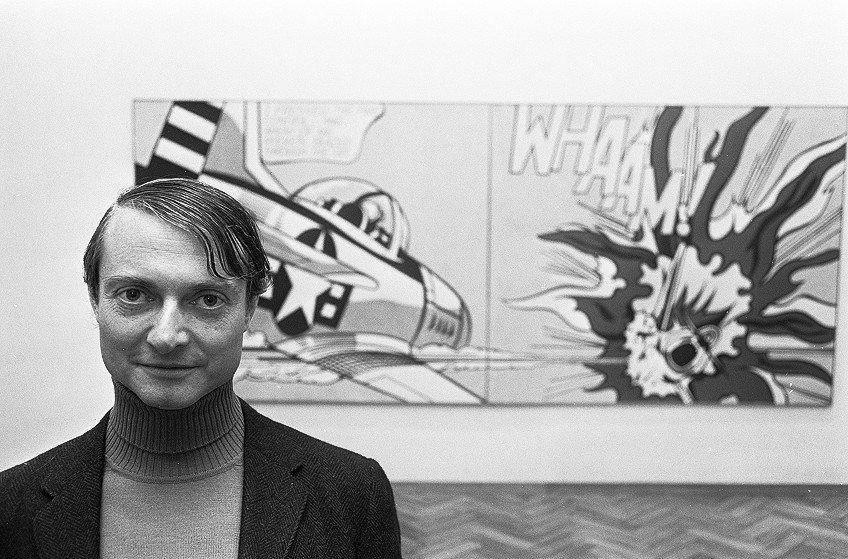
Among his most famous and impactful works of the 1960s includes Drowning Girl, which was created in 1963, and Whaam!, which was created in the same year. Both these works are iconic paintings that highlight the impact of popular culture and its influence on fine art. Of significant note is the fact that Roy Lichtenstein’s style largely influenced the dominant aesthetics of Pop art in the 60s.
Allan Kaprow (1927 – 2006)
| Artist Name | Allan Kaprow |
| Date of Birth | 23 August 1927 |
| Date of Death | 5 April 2006 |
| Nationality | American |
| Associated Movements, Themes, and Styles | Modern art, Contemporary art, staged happenings, and Fluxus |
| Mediums | Performance, assemblage, painting, and installation |
Allan Kaprow was perhaps the most influential performance artist of the 1960s, who contributed to theories surrounding the notion of “happenings” and the “environment” in performance art. Kaprow organized around 200 happenings in his career, which stimulated a participatory approach to art and invited viewers to engage with the relationships between art and life.
One of his most famous and influential works was 18 Happenings in 6 Parts, which was an unpredictable performance that left viewers with a sense of spontaneity and community due to the creation of a shared experience.
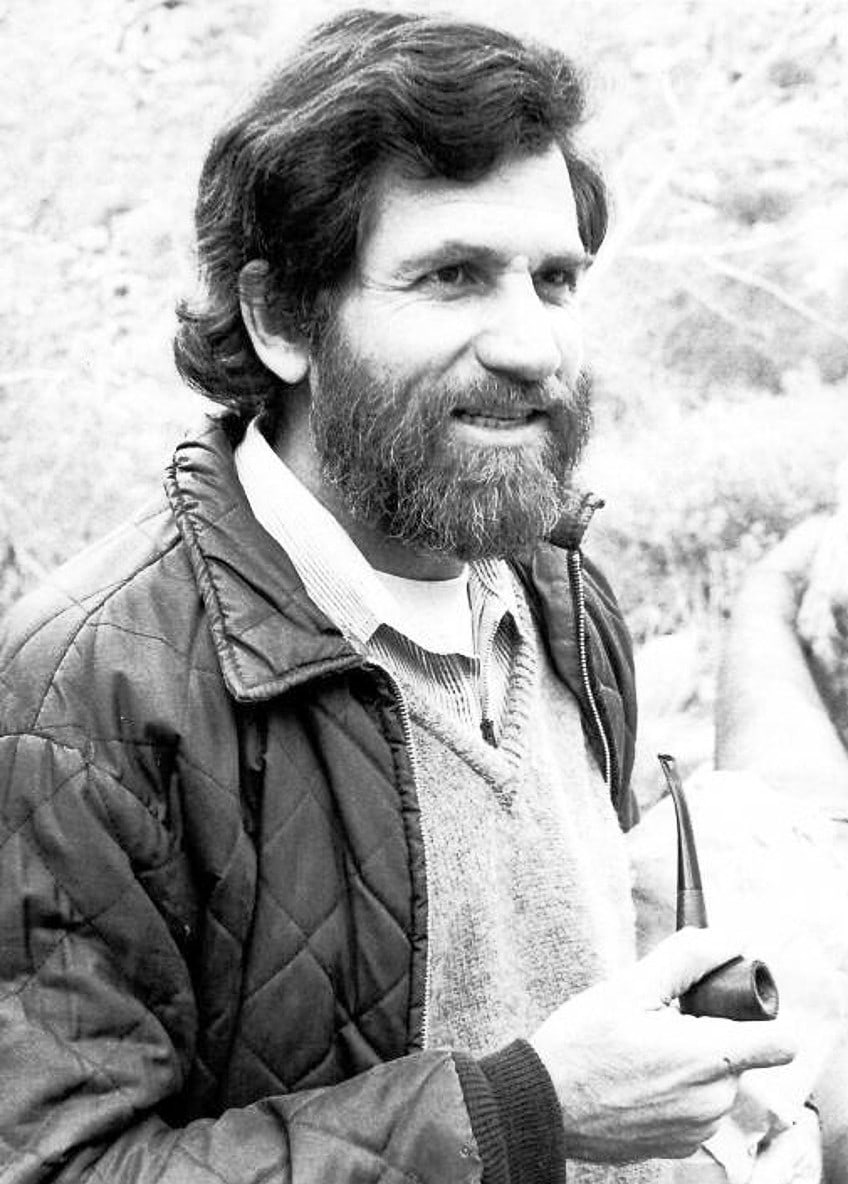
Other seminal 1960s works by Kaprow include Yard (1961) and Fluids (1967), the latter of which was an ephemeral experience involving the audience, who engaged with various kinds of liquids on a canvas, and resulted in abstract compositions, which constantly shifted, such that it mimicked the “fluidity” of the performance material and title.
Andy Warhol (1928 – 1987)
| Artist Name | Andy Warhola Jr. |
| Date of Birth | 6 August 1928 |
| Date of Death | 22 February 1987 |
| Nationality | American |
| Associated Movements, Themes, and Styles | Pop art, Modern art, portraiture, popular culture, consumerism, mass media, and celebrity portraiture |
| Mediums | Painting, printmaking, silk screen art, filmmaking, photography, and commercial illustration |
Andy Warhol is considered to be the father of Pop art itself, who thrived during the 1960s and pioneered the integration of popular culture and portraits of various Hollywood celebrities, including Marilyn Monroe and Elvis Presley, into the art space. Andy Warhol was most famous for his Campbell’s soup cans, which elevated the notion of mundane and everyday imagery into the status of high art.
Warhol explored themes of mass media, popular culture, and consumerism, which played a pivotal role in shaping the art landscape of the 1960s and influenced many Contemporary artists of the late-20th century.
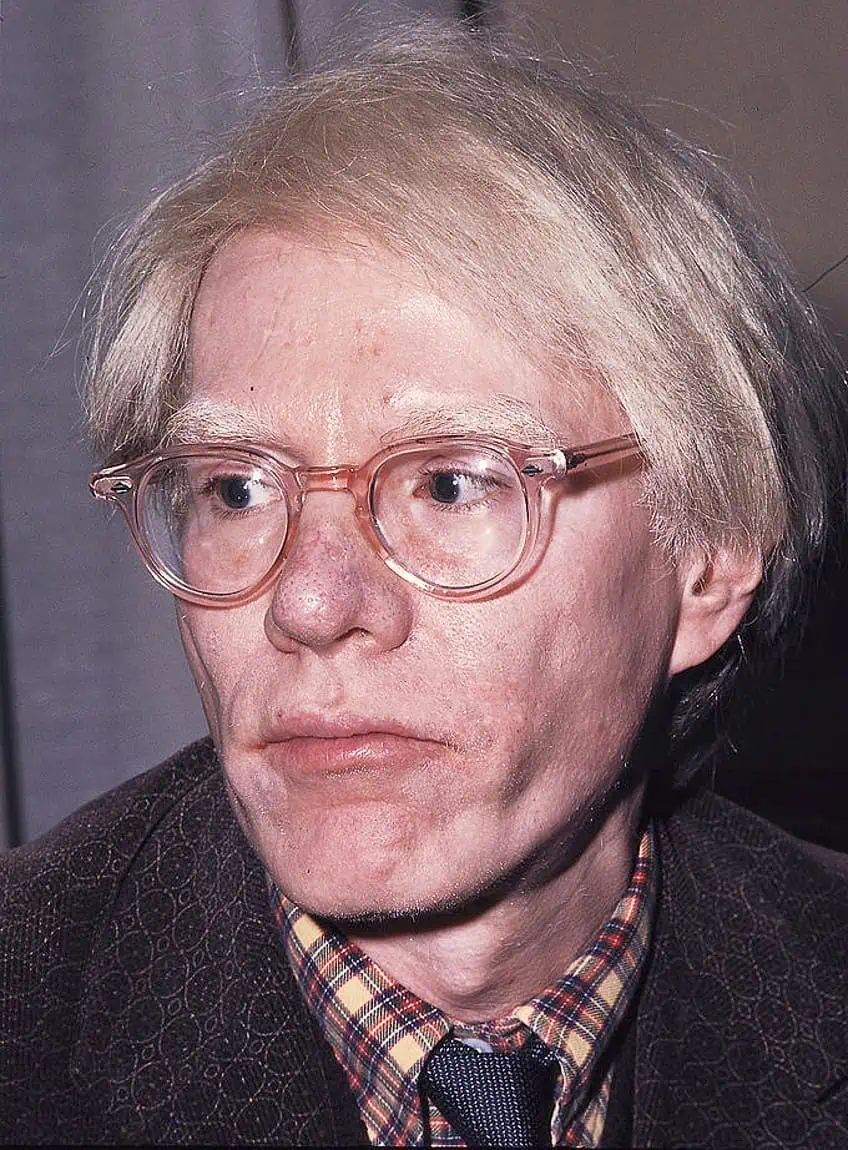
Warhol’s work is easily recognizable, with two of his most famous works from the 60s being Campbell’s Soup Cans, which was produced in 1961, and was part of a series of 32 paintings that highlighted the decade’s fascination with celebrity culture. Another impactful work by Warhol from the 60s is the Marilyn Diptych, which is a silk-screen portrait of Marilyn Monroe, stylized in vivid colors with repeated frames held in a grid pattern. Through the work, Warhol reflected on themes of mortality, ambiguity, and fame in modern society.
Donald Judd (1928 – 1994)
| Artist Name | Donald Clarence Judd |
| Date of Birth | 3 June 1928 |
| Date of Death | 12 February 1994 |
| Nationality | American |
| Associated Movements, Themes, and Styles | Modern art, Contemporary art, and Minimalism |
| Mediums | Sculpture, installation, and painting |
Donald Judd was a popular artist in the 1960s, who is recognized for leading the minimalist art movement. Judd specialized in sculpture, which highlighted the relationships between art and its environment. Judd’s work challenged existing notions of the requirement for a physical presence in art and created artwork that encouraged viewers to interact with form and space.
Donald Judd’s creations are said to have influenced the development of sculpture into its Contemporary form.
Among two of Judd’s most famous works from the 60s includes Untitled, which was created in 1966 as a minimalist sculpture, and reflects the artist’s exploration of industrial materials, arranged in a geometric pattern. Judd’s other series titled Stacks, was created in 1967 and also challenged existing notions of materials in sculpture by incorporating materials such as plexiglass and metal into a minimalist artwork with repeating forms that engaged with their environment.
Bridget Riley (1931 – Present)
| Artist Name | Bridget Louise Riley |
| Date of Birth | 24 April 1931 |
| Nationality | English |
| Associated Movements, Themes, and Styles | Op art, Modern art, Contemporary art, and hard-edge painting |
| Mediums | Painting |
In the 1960s, Op art was a popular art movement that was pioneered by Bridget Riley, whose mesmerizing optical illusions involved the use of contrasting colors and vibrant patterns that appear to shift when one views them. Riley’s immersive optical illusions contested the notions of light, space, and movement, and explored various optical effects using geometric designs to stimulate audience engagement.
What made Riley’s optical illusion art stand out in the 60s was her ability to soften the lines between visual reality and illusion. Her work left a significant impact on the trajectory of Contemporary art and inspired many artists to continue to experiment with notions of perception, color, and form.
Two of Riley’s most famous works from the 60s include Fall, which was created in 1963, and explored Riley’s experimental approach to optical illusions and perceptual effects through a series of repetitive arrangements using lines to create visual vibrations. Cataract 3, which was created in 1967, is another famous work by Riley that investigates color and form through geometric patterns. Such works evoked the complexities of human visual perception by stimulating an illusion of depth and movement.
Frank Stella (1936 – Present)
| Artist Name | Frank Philip Stella |
| Date of Birth | 12 May 1936 |
| Nationality | American |
| Associated Movements, Themes, and Styles | Op art, Modern art, Minimalism, Contemporary art, and abstraction |
| Mediums | Painting, sculpture, and printmaking |
Frank Stella is a name synonymous with 1960s art and was closely associated with Abstract Expressionism. Frank Stella is credited with introducing an innovative form of painting, which was characterized by the use of bold colors and geometric shapes to emphasize objects as artworks in their own right. Stella’s work has been described as calculated and structured and was most famously portrayed in his Black Paintings series, which showcased his approach towards Abstract Expressionism and away from gestural styles of painting.
Stella is thus credited with shaping the development of Abstract art, which empowered many artists to explore abstraction as a way to convey complex emotions and ideas.
In 1961, Stella created a painting titled Concentric Squares, which was one of the best examples that displayed the use of non-representative forms in art. Stella used bold colors, which also provided a visually engaging composition. One might even say two years before the 1960s, Stella’s Black Paintings series propelled Minimalism and explored monochromatic color schemes through simple geometric shapes.
Judy Chicago (1939 – Present)
| Artist Name | Judy Chicago |
| Date of Birth | 20 July 1939 |
| Nationality | American |
| Associated Movements, Themes, and Styles | Modern art, Contemporary art, feminism, and social critique |
| Mediums | Installation, writing, and painting |
During the 1960s, feminism also rose to the forefront of art in America and was pioneered by artists such as Judy Chicago, who contributed to the movement with her 1970s work The Dinner Party, which shaped the feminist movement. Judy Chicago addressed the growing issue of gender inequality by celebrating the various female figures in history, who have challenged patriarchal society.
Her work is empowering and inspires many generations of artists to voice their concerns and advocate for social change.
One of Chicago’s most famous works from the 60s was Rainbow Pickett, which she created in 1965 and was composed of geometric shapes and vivid colors arranged in an abstract design to represent the artist’s fascination with abstraction, before her direct engagement with feminism.
The 1960s was a decade of intense change in the art world that saw some of the most innovative and influential developments of the 20th century. By analyzing 1960s art, you too can gain a deeper appreciation for the ways that artists helped shape contemporary visual styles during a period when capitalism, commercialism, mass media, and consumerism were at their height.
Take a look at our 60s art webstory here!
Frequently Asked Questions
What Kind of Art Was Popular in the 1960s?
During the 1960s, there were many popular art styles, which were derived from the dominant art movements such as Conceptual art, Op art, Minimalism, Pop art, and other genres of art such as Performance and Feminist art.
What Was 1960s Art About?
The 1960s was a period that was driven by various cultural and political shifts, which influenced the art industry and the development of different styles within their respective art movements. Dominant movements such as Pop art encompassed imagery that was appropriated from popular culture and criticized the mass consumerism of urbanized and developed societies that existed in countries such as the United States. Psychedelic art was also incredibly popular since its affiliation with vibrant colors, free love, and drug use inspired artists to explore alternative methods of creating new visual languages. Before the 1960s, culture was very much conservative and subdued, however, the following decade brought about a mass cultural revolution across the visual arts, music, film, and fashion industries.
Who Were the Three Most Famous Visual Artists of the 1960s?
Among the many famous artists from the 1960s included painters such as Andy Warhol, Roy Lichtenstein, and Bridget Riley, who have been frequently named in the contemporary era as the most famous figures of the 1960s.
Jordan Anthony is a Cape Town-based film photographer, curator, and arts writer. She holds a Bachelor of Art in Fine Arts from the University of the Witwatersrand, Johannesburg, where she explored themes like healing, identity, dreams, and intuitive creation in her Contemporary art practice. Jordan has collaborated with various local art institutions, including the KZNSA Gallery in Durban, the Turbine Art Fair, and the Wits Art Museum. Her photography focuses on abstract color manipulations, portraiture, candid shots, and urban landscapes. She’s intrigued by philosophy, memory, and esotericism, drawing inspiration from Surrealism, Fluxus, and ancient civilizations, as well as childhood influences and found objects. Jordan is working for artfilemagazine since 2022 and writes blog posts about art history and photography.
Learn more about Jordan Anthony and about us.
Cite this Article
Jordan, Anthony, “1960s Art – Discover This Popular Era of Art.” artfilemagazine – Your Online Art Source. November 1, 2023. URL: https://artfilemagazine.com/1960s-art/
Anthony, J. (2023, 1 November). 1960s Art – Discover This Popular Era of Art. artfilemagazine – Your Online Art Source. https://artfilemagazine.com/1960s-art/
Anthony, Jordan. “1960s Art – Discover This Popular Era of Art.” artfilemagazine – Your Online Art Source, November 1, 2023. https://artfilemagazine.com/1960s-art/.


